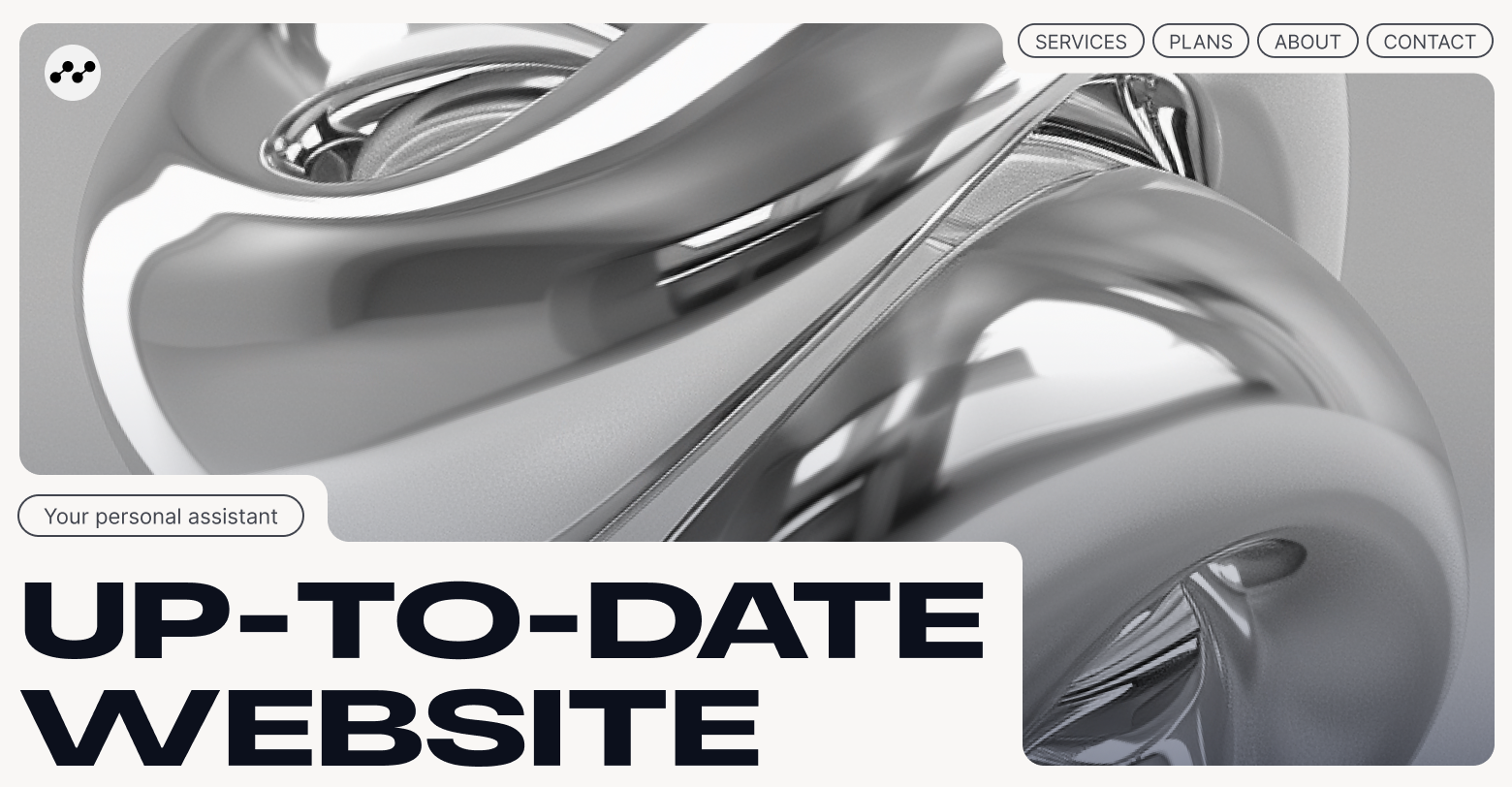When choosing a website builder—especially as a digital agency building multiple sites—maintenance is often overlooked, but it shouldn’t be. Quite the opposite, actually. High maintenance is one of the biggest
warning signs to look out for when selecting a website builder for your agency and low maintenance is just as essential as ease of use, innovation, standout features, build time, and other factors —if not more. Neglecting maintenance can have significant repercussions, impacting your agency’s operational costs and, ultimately, client satisfaction.
But what exactly does “website maintenance” mean?
I’ll go into that in the next section, but for now, consider the time and resources spent troubleshooting security breaches, updating plugins, or making content changes across client sites. Each of these tasks requires careful attention and quickly adds up in terms of time and labor. If maintenance takes up too much of your team’s bandwidth, it detracts from the creative work that fuels your agency’s value and can ultimately affect your bottom line.
If you offer website maintenance services, high maintenance requirements can also mean low profit margins. And neglecting these essentials can lead to dissatisfied clients. If they experience slow-loading pages, outdated information, or security issues, they may question your agency’s professionalism and commitment to quality. It’s a delicate balance: while creating stunning websites is a priority, the ongoing upkeep is what truly keeps them functional and relevant over time.
The essentials of website maintenance
So, what exactly goes into effective website maintenance?
There are several key areas that require regular attention to keep sites running smoothly:
- Security: Protecting your clients' sites from hacks and breaches is paramount. When it comes to security, not all website builders are created equal. Platforms like WordPress require ongoing maintenance to keep client sites secure, including frequent updates to the core software, themes, and plugins. Each plugin introduces a potential weak point, and if it’s not updated promptly, vulnerabilities can put client sites at risk. Managing these updates can be both time-consuming and costly, particularly for agencies handling multiple client sites.
Related:
Hidden security risks of WordPress and what you should do about it
- Plugin updates: Regardless of security, keeping plugins up to date can be a hassle. An outdated plugin can lead to
functionality issues and broken sites, in addition to security vulnerabilities. Without timely updates, plugins can also become incompatible with the latest version of the CMS, causing further complications.
- Content updates: Websites require consistent content management. Whether it’s changing business hours, updating contact information, or adding new services, ensuring accurate and timely updates across all pages can become unmanageable without a streamlined method.
- Performance monitoring: Performance monitoring is another critical aspect of website maintenance, and it’s where some platforms truly stand out.
- Backups: If your chosen website builder doesn’t offer automatic backups, you’ll need to set up regular ones to safeguard your clients' data. In the event of a cyberattack or technical failure, a reliable backup can be the difference between a quick recovery and a significant loss.
- Various maintenance tasks: For clients, especially those new to managing websites, the idea of keeping track of separate services for domains, hosting, and SSL can be overwhelming.
The case for a low-maintenance website builder
Choosing the right website builder can make all the difference in how easily you can manage your clients' sites. Duda is designed specifically for agencies, offering a host of features that reduce the maintenance burden and let you focus on what really matters: building great websites and nurturing client relationships.
Here’s how Duda stands out as a low-maintenance option:
- Top-notch security: Security is built into the platform, ensuring that your clients' sites are well-protected without you needing to constantly check for vulnerabilities or update plugins.
- Speaking of plugins: Duda eliminates the headache of managing plugins. Since everything is integrated, you don’t have to constantly update or monitor them, which significantly reduces the risk of vulnerabilities.
- Top performance including 99.9% uptime: With Duda’s AWS hosting, you can rest easy knowing that your clients’ sites are highly reliable and that you won’t be woken up by alerts about downtime. This level of reliability is essential for agencies, as downtime can directly impact client satisfaction and their trust in your services.
- Beyond uptime, Duda is also an industry leader in performance, particularly in Google's Core Web Vitals—metrics that directly influence search engine rankings and user experience. Duda’s platform is built to excel in key areas like site speed, responsiveness, and visual stability, so your clients’ sites load quickly and operate smoothly across devices.
- Automatic backups: Fortunately, Duda includes automatic backups, so you can keep client data secure without extra effort.
- Connected data: With Duda’s connected data, updating essential information—like business hours or social media links—across all pages becomes a breeze. You won’t have to manually update each page, saving you and your team valuable time.
- Maintenance essentials: Duda takes care of all essentials in one place:
- Domain: Every site on Duda comes with the option for a free domain for the first year, making it easy to get clients started without them needing to juggle multiple providers.
- Hosting: Duda offers secure, high-performance hosting, meaning clients won’t need a separate hosting plan (or the extra hassle that comes with it).
- SSL Certificate: Every site built on Duda has an SSL certificate included, which means clients don’t need to worry about data security, encryption, or extra costs.
Why a low-maintenance builder makes sense for agencies
You should be asking: “Why not?!”
For agencies building multiple websites, the time and resources spent on maintenance can feel like a full-time job. Imagine managing various plugins, applying updates, and constantly checking for security vulnerabilities—all while trying to grow your business. It’s a tough balancing act.
Stop putting out fires caused by maintenance issues
It’s time to empower your agency to thrive, not just survive, by making maintenance a strategic part of your website building approach.
By opting for a low-maintenance builder like Duda, your agency can streamline its operations. You can focus on high-value tasks like client acquisition, improving client engagement and driving more traffic, rather than putting out fires caused by maintenance issues.







